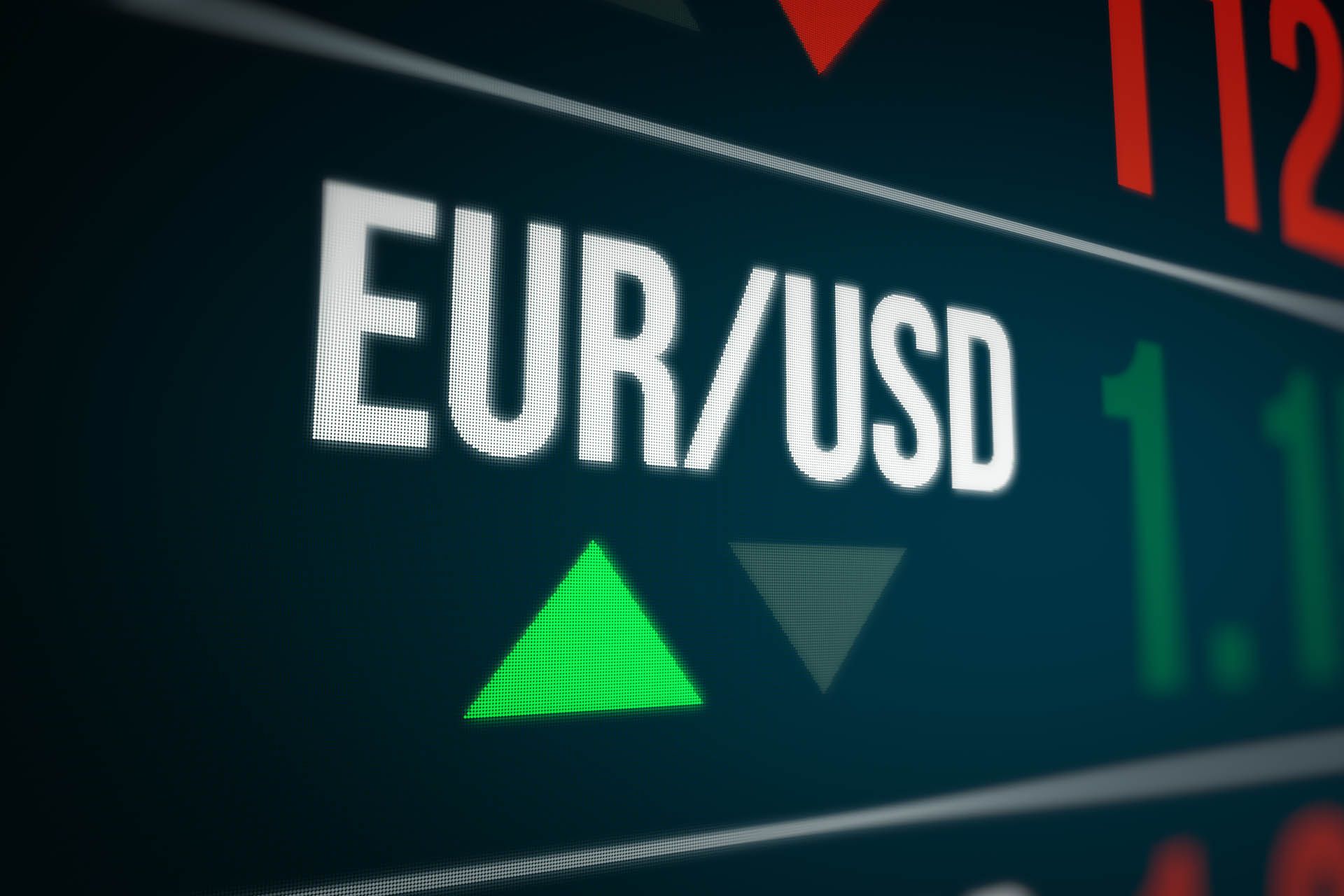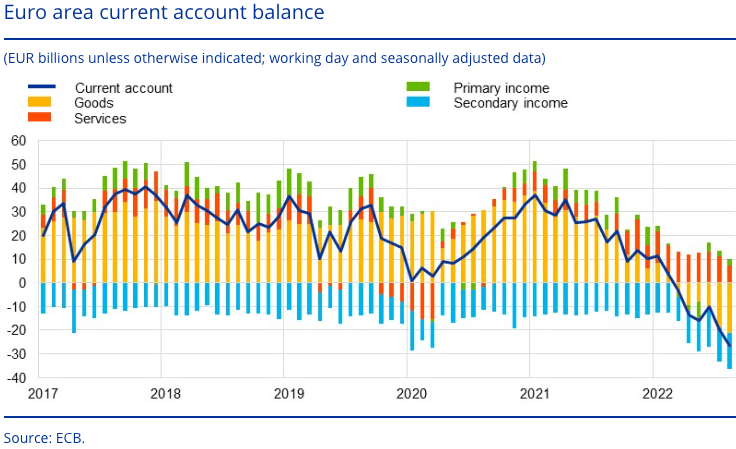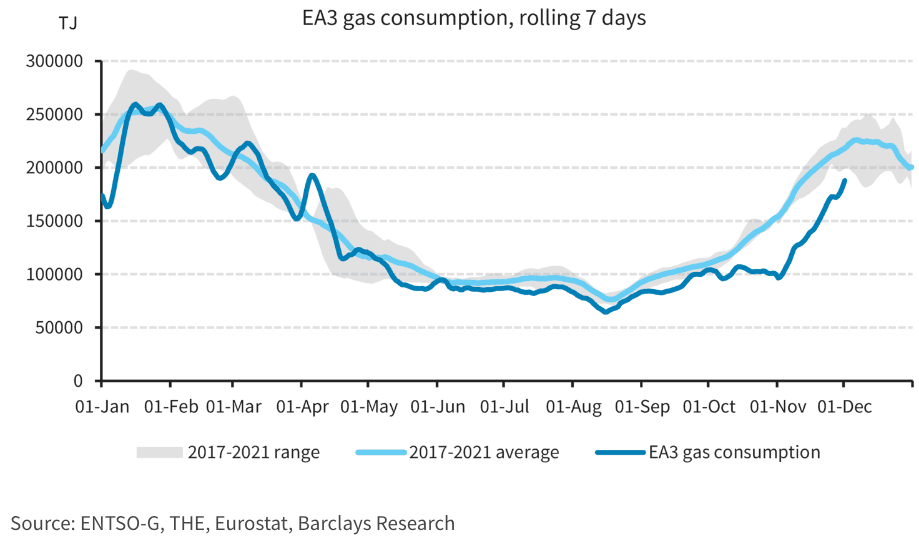EUR/USD: "Next Big 10c Move Likely Higher" says NatWest
- Written by: Gary Howes
-

Image © Adobe Images
The lows for the Euro are in the rear-view mirror and the balance of risks suggests the next big figure move is likely to be higher, says NatWest Markets.
In a year-ahead currency research note the UK-based lender and global investment bank says peak fear over the Eurozone's energy situation has now passed.
"We see reasons to be optimistic for this winter," says Paul Robson, Head of G10 FX Strategy at NatWest.
The view confirms that for the single currency it is the energy crisis of 2022 that has dominated the fundamental picture and led its value to fall to a multi-year low of $0.9536 in September.
"Outside of an unseasonably harsh winter, the energy situation in Europe looks manageable given the securing of alternative energy supplies and double-digit energy demand erosion. The drawdown of critical stocks is already progressing better than feared," says Robson.
The key drivers of the Euro to Dollar exchange rate (EUR/USD) should continue to be seen primarily through the lens of the balance of payments and Terms of Trade shift driven by energy prices, says Robson.
The trade deficit deteriorated in 2022 as the cost of energy imports skyrocketed after Russia cut its gas exports to the region, sending the region's current account into deficit for the first time in years:
This deterioration meant the Euro's value became highly susceptible to global investor capital.
But looking ahead, NatWest anticipates that for the Euro, the Eurozone's newly minted deficit in trade will be counterbalanced by positive net capital flows.
"There’s potential for earnings and holdings to be repatriated if the USD strengthens further," says Robson.
Downside risks to the assumption do however rest with energy prices and a cold winter which could bring the issue of supplies into sharp focus for investors once again.
A warm and windy autumn helped the Eurozone build up gas supplies while also pushing the cost of gas lower but the region is entering a particularly cold snap in December, which could see consumption increase markedly.
As the below chart from Barclays shows, consumption is rapidly accelerating having been well below long-term averages during the autumn period:
"The winter may turn out to be colder than average, but it's impossible to have that as a base case. Yet valuations appear to include an unrealistically high probability of such a risk case," says Robson.
"EUR/USD cyclical lows unlikely to be revisited in '23," he adds. "EUR/USD downside should also be capped by rebalancing of central bank reserves."
The Dollar's strength during 20220 has meant central banks will be required to rebalance holding ratios, to the detriment of the Dollar and to the benefit of currencies such as the Euro.
NatWest suggests this might mean managers will have to sell dollars to buy other currencies in their reserves on each USD rally.
"We believe that the next 10 cent move in EUR/USD will be higher rather than lower and that the cyclical lows will not be revisited over the next 6 months," says Robson.
The Dollar is meanwhile expected to turn lower over the coming months as the peak in Federal Reserve rate hikes are reached, as well as global economic pessimism.
NatWest's Euro-Dollar forecasts are nevertheless relatively contained, with 1.05 pencilled in for the end of the first quarter, 1.06 for the end of the second quarter, 1.07 for the end of the third and 1.08 for year-end.
(If you are looking to protect or boost your international payment budget you could consider securing today's rate for use in the future, or set an order for your ideal rate when it is achieved, more information can be found here.)







